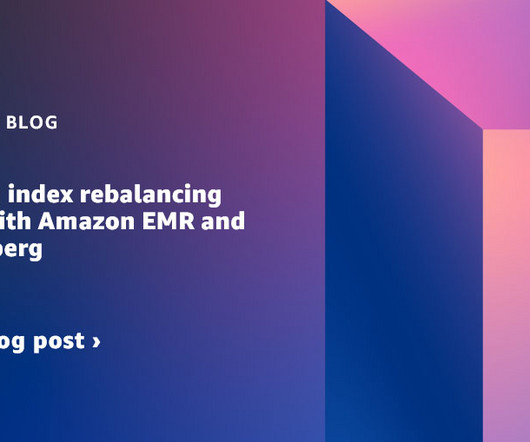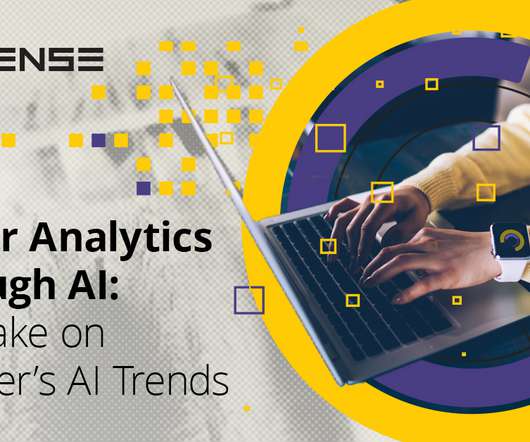What is a data architect? Skills, salaries, and how to become a data framework master
CIO Business Intelligence
OCTOBER 13, 2023
Data architect vs. data scientist According to Dataversity , the data architect and data scientist roles are related, but data architects focus on translating business requirements into technology requirements, defining data standards and principles, and building the model-development frameworks for data scientists to use.














Let's personalize your content